Charming Escapes: Exploring the Cotswolds and Bath
When you think of the English countryside often the word charming comes to mind. Small villages, historic homes and quaint shopping areas. On a recent trek we were completely charmed in three Cotswolds villages and the historic city of Bath. We’re sharing our experiences in the the English Countryside to hopefully inspire you.
Cotswolds Stop #1: Burford
There are many ways to see this part of the country, known as “Oxfordshire,” in England. We have friends who rented a car and drove then another friend who opted to bike with a tour group through the country. We were fortunate, as a group of 6 to opt for a private tour with a great guide, Adge, a former police officer turned tour operator.
The first stop, known as the “gateway” to the Cotswolds, is Burford. Burford's High Street is famous for its beautiful, historic buildings, many of which date back to the 15th and 16th centuries. The street slopes gently down to the River Windrush and is lined with antique shops, traditional tea rooms, and inviting pubs.
The town is a quintessential example of Cotswold architecture, with many buildings constructed from the region's characteristic honey-colored limestone.
As with all small villages in the area, the church is mostly found in the center of town. This 12th century church is Church of John the Baptist. Like so many churches in this part of the world, it was once a Catholic church and now is part of the Church of England.
We could have stayed all day in this town filled with shops and lots of great pubs but it was time to move on to our next stop.
Cotswolds Stop #2: Lower Slaughter
Even the cows in the pasture on a cloudy day are charming in the Cotswolds! Lower Slaughter is famed for its idyllic and peaceful atmosphere. The village is set along the banks of the River Eye, which gently flows through it, adding to its tranquil charm. The population of this village, like so many in the area, is just a few hundred people.
If you saw the movie “Emma” (2020) part of it was filmed in Lower Slaughter.
It was time for lunch so we stopped at a restaurant in the center of the village called The Slaughters Country Inn. It’s a traditional pub type restaurant. We took no pictures inside but it’s very quaint. There is also great seating outside if you are there on a warm day.
In the center of this village sits and old mill site. The village of Lower Slaughter has been occupied for since at least 1066 when William the Conqueror granted the land to one of his knights. Most of the houses are 16th and 17th century. However, this mill was built in the 19th century, seems rather new. It is no longer operational, but had served as a museum and gift shop but permanently closed in 2023. It still added to the charm of the village.
Now That’s a Stand Mixer!
Just imagine the dough you could make in this! It would have been interesting to see the mill in operation during it’s time.
Another village, another church. This one was, The Church of St. Mary. We learned that part of the culture in these churches was to list those that served in the great war. The plaque in this church noted 45 men that served in WWI. Little did they know that they would have to keep track all over again, in WWII.
Lower Slaughter was so cute and probably of the towns that day, one I would have like to have spent more time in, walking along the river and seeing more historic sites.
Cotswolds Stop #3: Snowshill
A village so tiny it does not have any shops but it does have a church in the center of the village and it has one pub! Today less than 200 people live in Snowshill.
But it had a phone booth! This was just a quick stop and a reminder to us how small some of these villages really are.
The Cotswolds Crew
We enjoyed our day touring with Adge through the beautiful English countryside, The Cotswolds. If you’d like to work with Adge while in the Bath area his website is: THE BATH TOUR GUIDE
Bath
We stayed for two nights in this city. With a population of almost 100,000, Bath was bustling compared to the small Cotswold villages. This town has a fascinating history. Once inhabited by the Romans in starting in the 1st century, its famous baths were seen as medicinal and healing. After the Romans left, Bath saw a decline but eventually revived. It has endured wars across multiple centuries and was reestablished as a vacation spot in the Victorian age. Today, Bath is a vibrant college town with two universities. As one of the most visited cities in the UK and a UNESCO World Heritage site, it remains a great vacation spot.
Bath, known as Aquae Sulis in Roman times, was established around AD 60-70. The Romans built baths and a temple dedicated to the goddess Sulis Minerva, capitalizing on the natural hot springs. These baths became a significant center for Roman culture and relaxation.
After the Romans withdrew from Britain in the early 5th century, Bath fell into decline. It saw a revival in the 7th century when the Anglo-Saxons established a monastery there. The city became a center for wool trade and religious pilgrimage.
Below is the Bath Abbey built in the 15th century. Today it is part of the Church of England.
Many of the ancient baths are used as public spas today. Some of these spas are available for a full day use for a fee. The Thermae Bath Spa is the most modern of all the spas in Bath.
The most famous of all of the baths are The Roman Baths or the Grand Spa. What’s interesting is that these baths were actually not rediscovered until 1875. There were actually houses above that had to be demolished in order to excavate the site.
There is a fee, and tickets are still timed as of the writing of this post. It is such a unique site, it’s well worth the time and fees to visit. An audio tour is included in the tour price.
The Victorian Reception Hall was added once the baths were rediscovered. Today it serves as the main entrance where tickets are redeemed and audio guides distributed.
The Grand Bath.
This ancient bathing pool is filled with natural thermal spring water, renowned for its supposed healing properties. Surrounded by statues added in the 19th century and majestic columns, the Grand Bath exudes an aura of ancient Roman luxury combined with later historical embellishments. You can walk around the original terrace imagining what it would have been like over 2,000 years ago to wade in these warm waters.
Another view of the baths from below the grand terrace. We were told that the algae green water we see today is due to the fact that the baths are exposed, as at one point they were fully covered.
The Roman spas are expansive. This is a version of an ancient sauna. The rocks are hot and water from the baths was added to create steam. Who knew the concept of a “spa day,” was such an ancient ritual?
Of course you have to try the water at the end of the tour. It was warm, not hot. It also was a bit sulfur tasting, but supposed to have medicinal purposes with 43 minerals inside. We loved touring the Roman Baths, a focal point of the entire Bath experience!
Another way to get around Bath is by boat up and down the River Avon. To the left is the Pulteney Bridge. It is one of four bridges in the world with shops on the bridge. One other, very famous bridge with shops, is the Ponte Vecchio in Florence Italy.
This is one of the most picturesque spots we’ve ever been to. So much history and so much beauty all around.
Bath's most notable transformation occurred in the 18th century during the Georgian era. Under architects John Wood the Elder and his son, John Wood the Younger, the city was redeveloped with stunning Palladian-style buildings.
Bath became a fashionable spa town, attracting the aristocracy and celebrities of the time, including Jane Austen. Who lived in a home on the corner of this park.
This period saw the construction of iconic landmarks such as the Royal Crescent, the Circus, and the Assembly Rooms.
The interesting thing about the Crescent was that the front was constructed and the actual homes inside were left to the owners to construct.
This drone shot provides an even better perspective of the Crescent and the architectural beauty. The Crescent was about see and being seen, when it was built, meaning the wealthy that lived there could see all of their equally wealthy neighbors.
Photo credit: Greg Cavanagh
The Circus was constructed at a series of townhouses in the 18th century. “The Circus” means circle or oval in Latin. It was, once again, designed by John Wood. He had a vision of creating a sort of Greek Palidian style series of buildings. Sadly he died before The Circus was complete, but his son finished the project. It was really beautiful to stand in the park viewing The Circus all around.
During World War II, Bath suffered from a series of air raids targeting historic cities in retaliation for Allied attacks on German towns. Despite significant damage, many of Bath's historic buildings, including The Circus, were preserved and later restored.
Another great drone shot of The Circus today. Note the three distinct entrances to The Circus. Bath's journey from a Roman spa town to a modern cultural hub showcases its enduring appeal and historical significance.
Photo credit: Greg Cavanagh
Where we stayed: We splurged and stayed at the Gainsborough Hotel and Spa. This historic 5 star hotel was once a hospital, before it’s opening in 2015. It’s a beautiful, well appointed hotel with large rooms. We ate dinner at the hotel restaurant one evening and it was very good.
But, the best part about this hotel is that it is the only hotel in Bath that has a spa inside the hotel with access to the thermal springs. I did not take pictures in the spa area but enjoyed a great massage and then relaxed in the thermal spas for a while. Check out their website with pictures at Gainsborough Spa Village.
A Kiss To Celebrate The End of a Great Visit!
London is a fabulous place to visit while in England, but it’s well worth a trek to get out of the city, spend some time in the countryside, visiting the Cotswolds and Bath!

















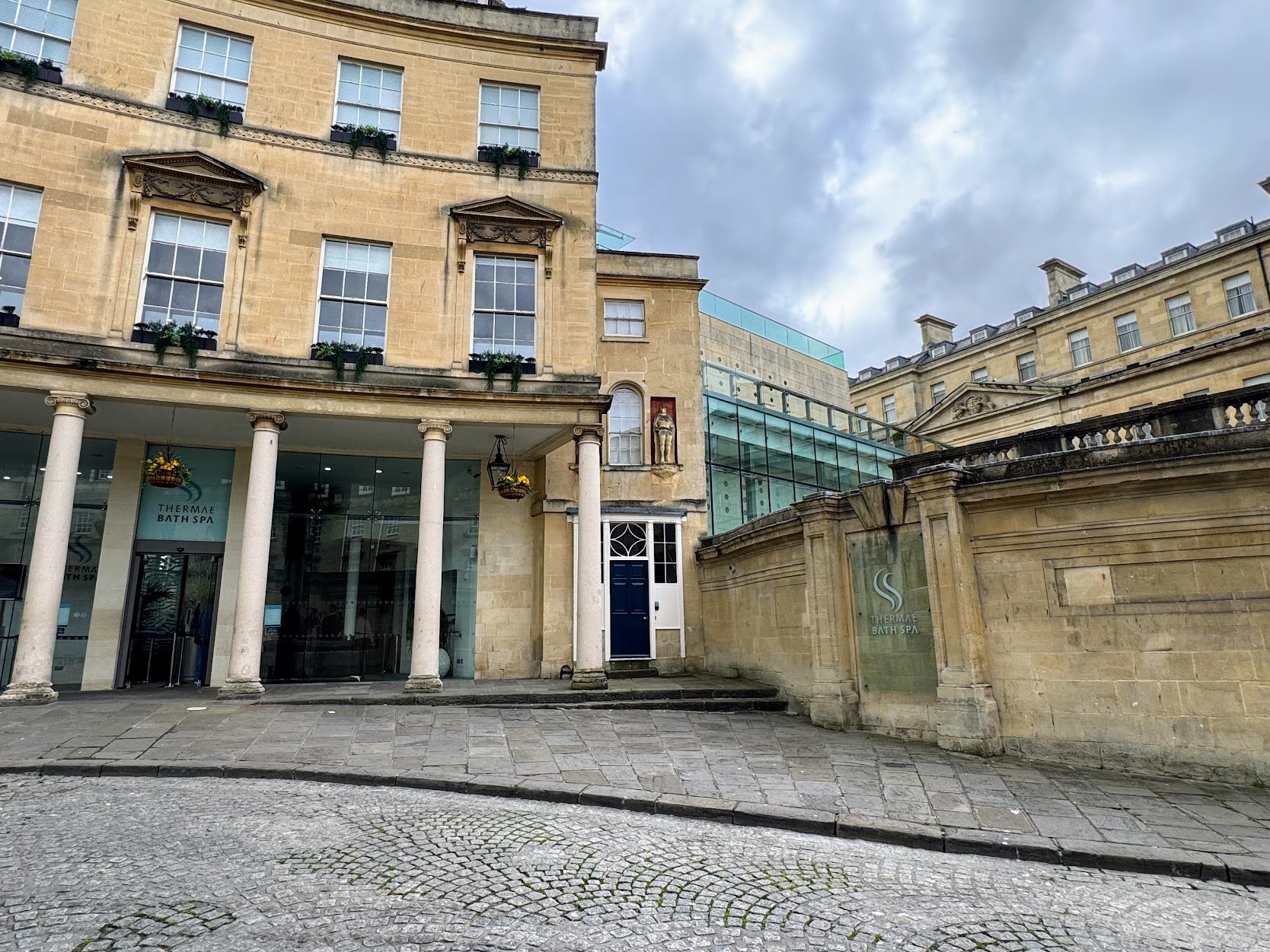
















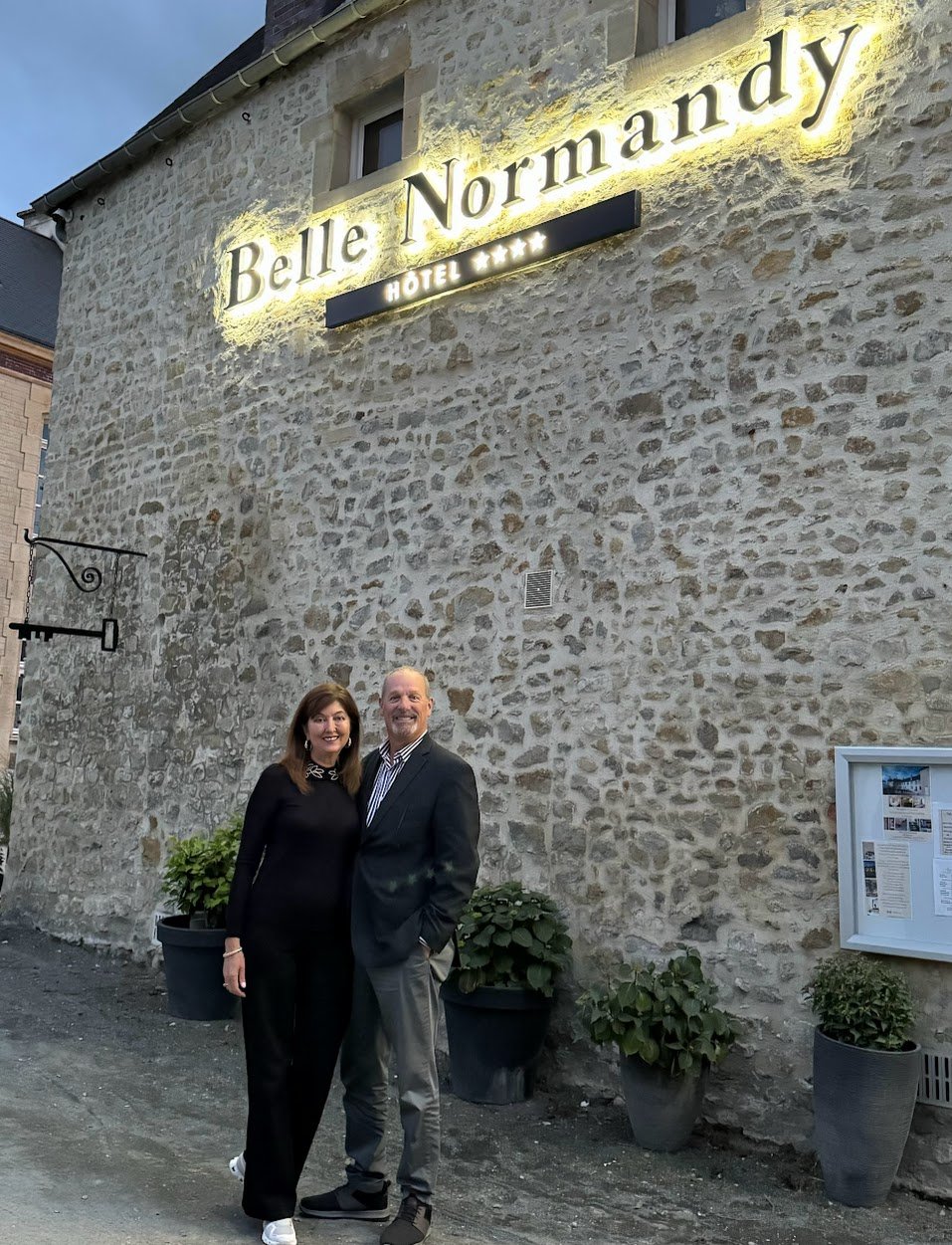
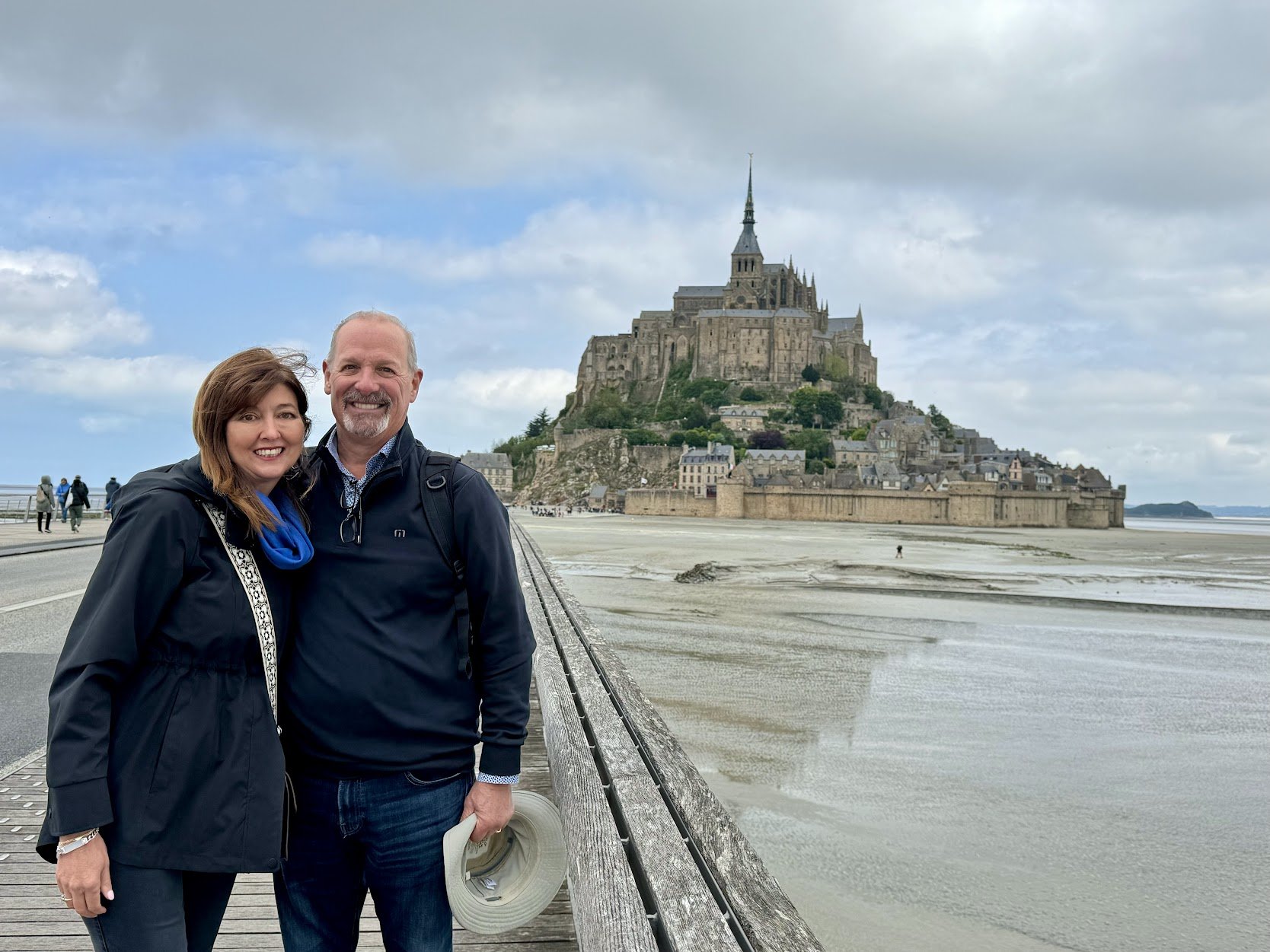

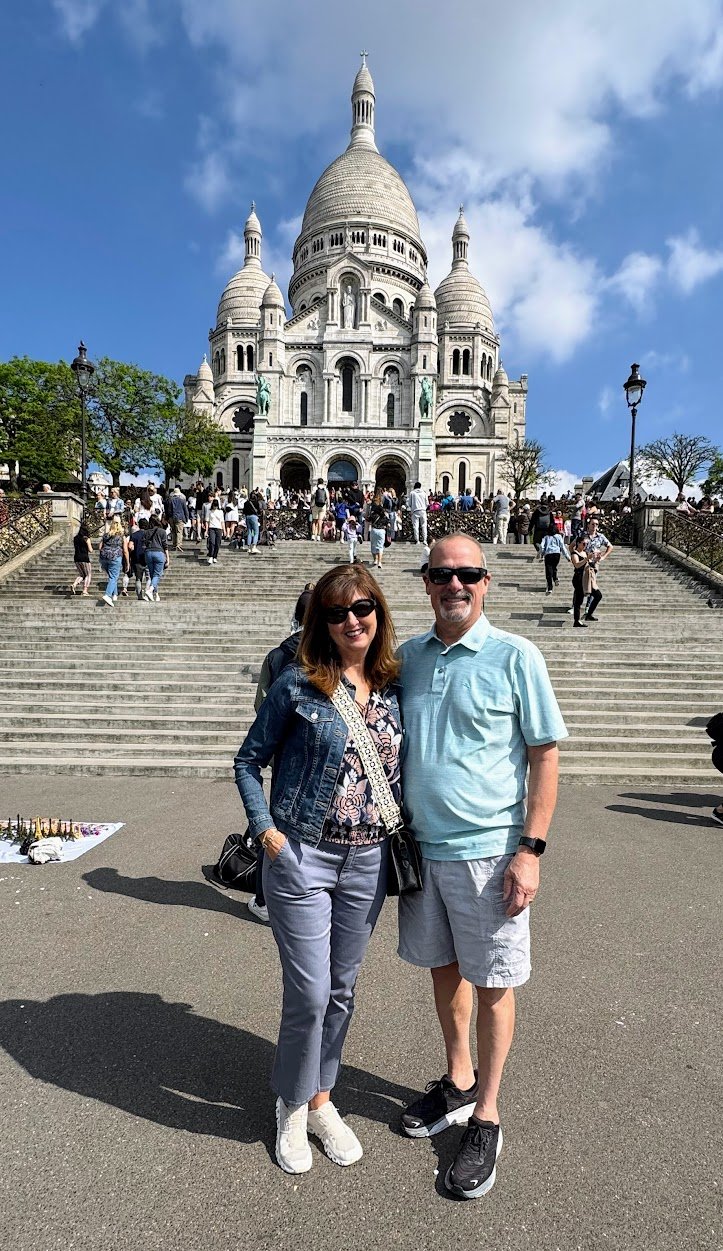

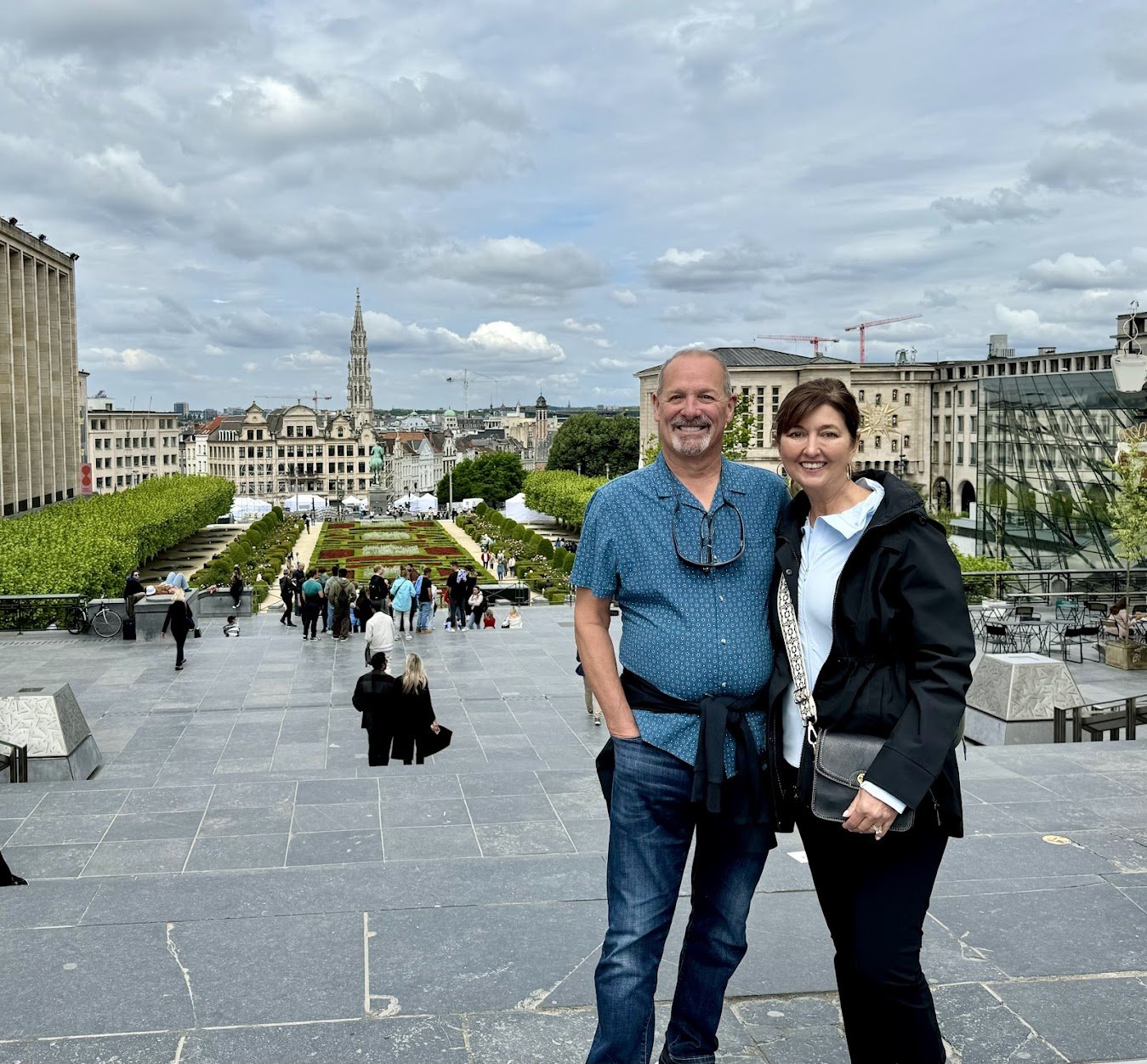

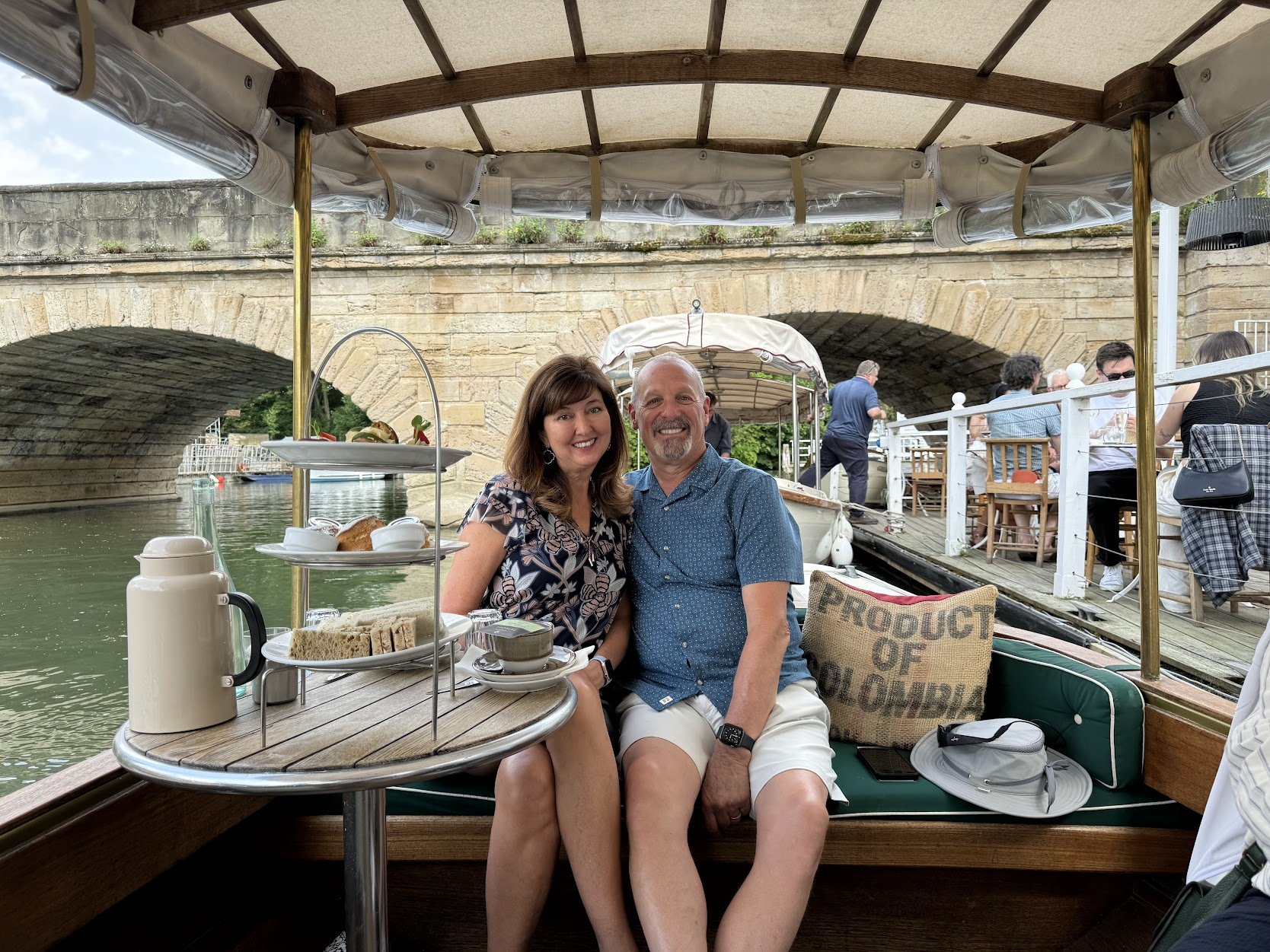
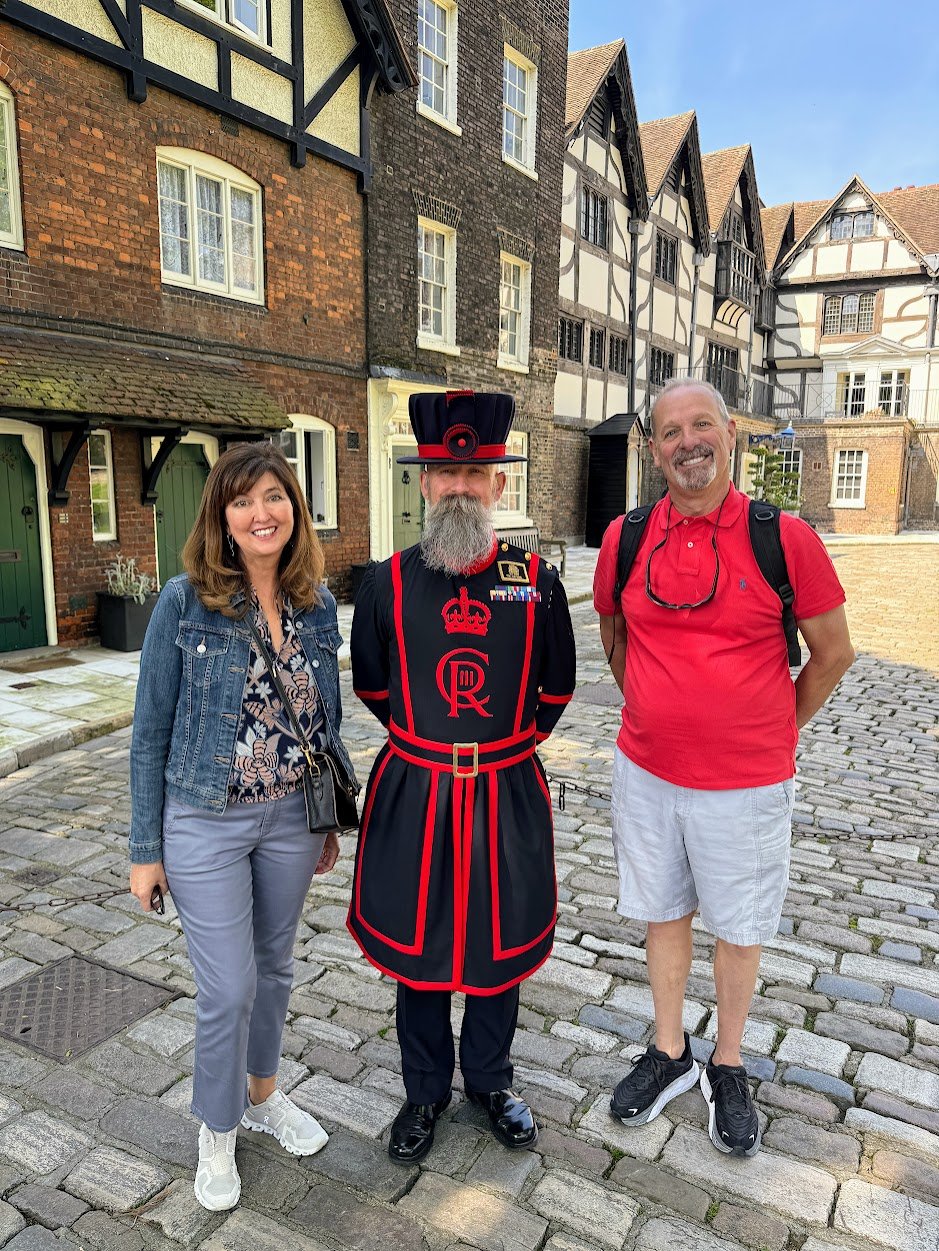
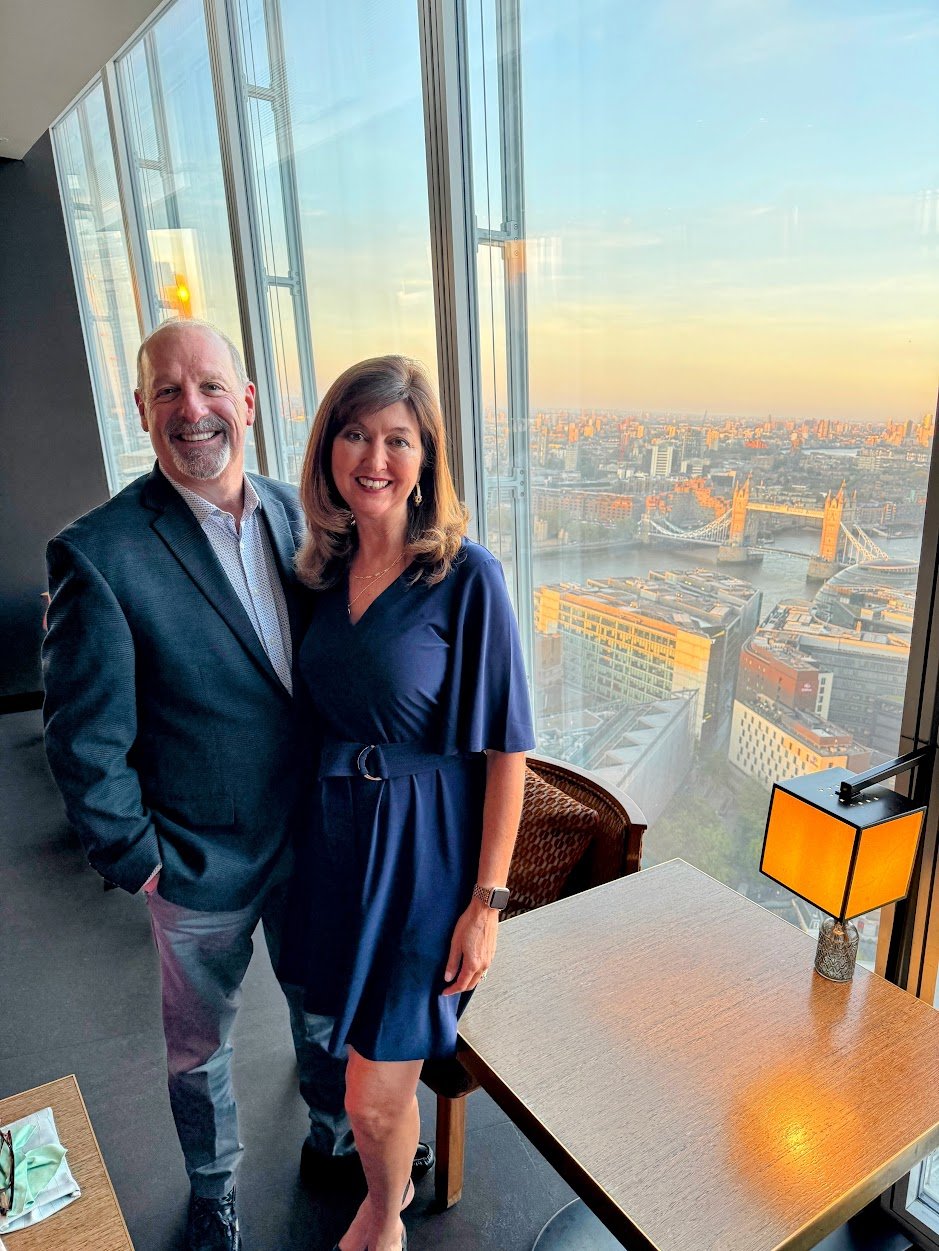
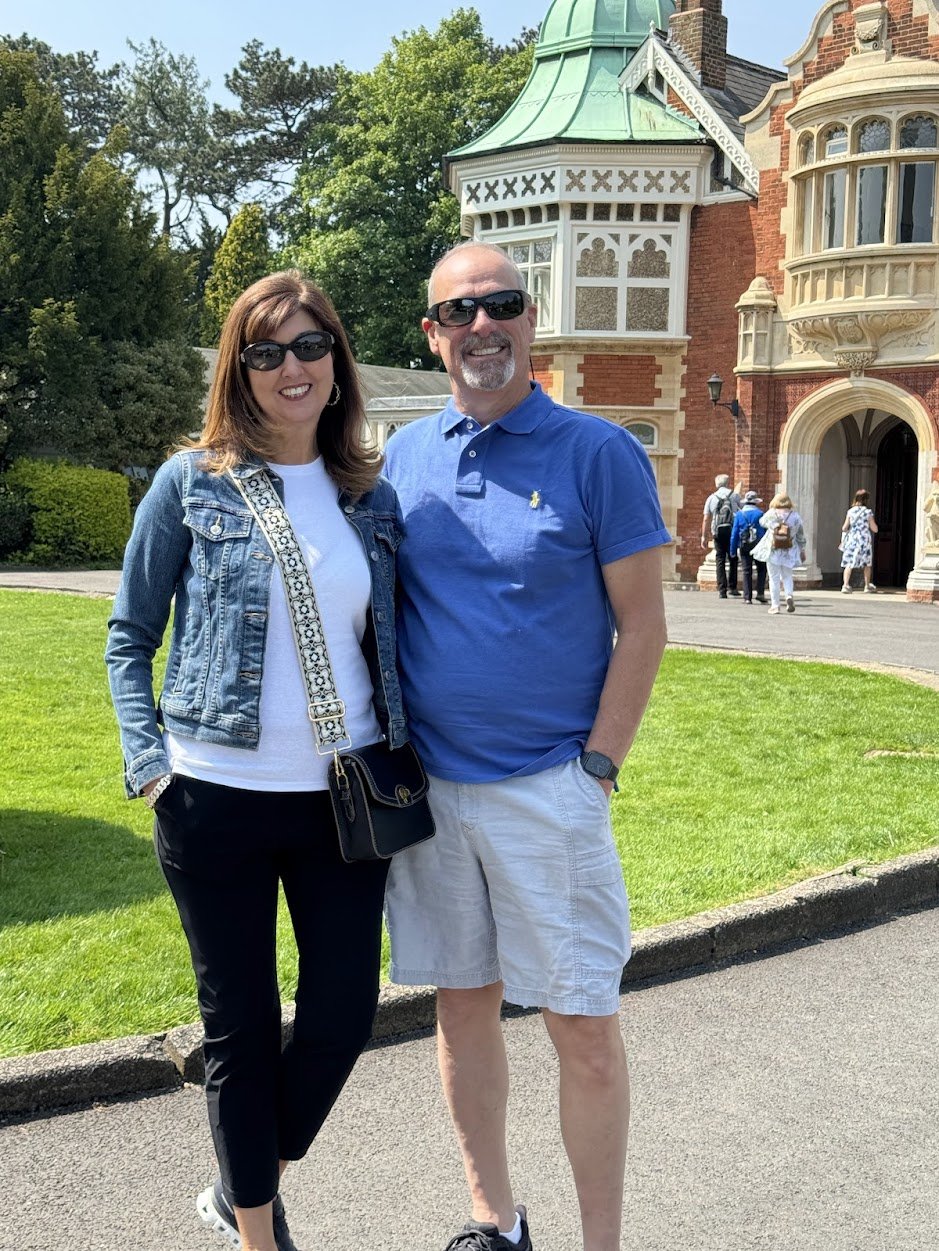
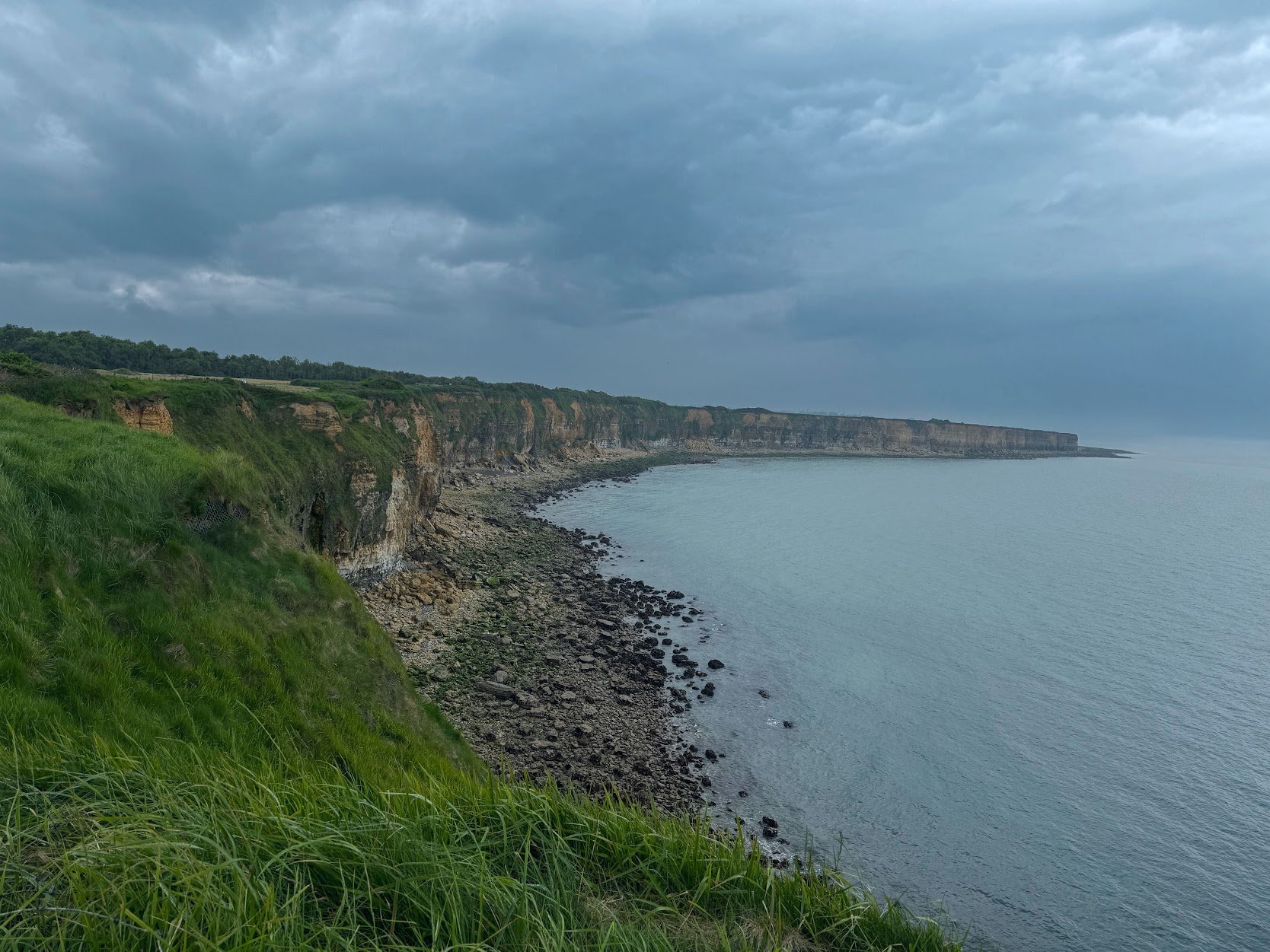

This post explores some of the fascinating historical sites in and around Santa Fe.